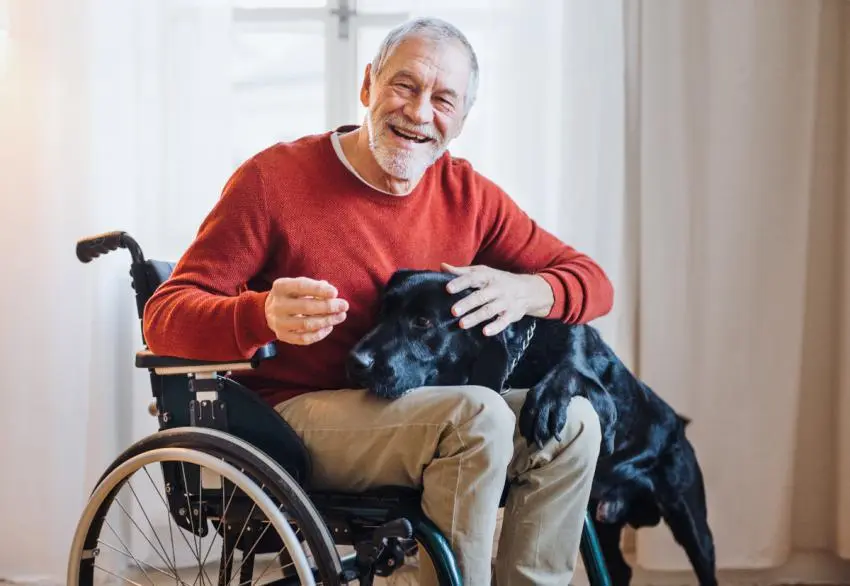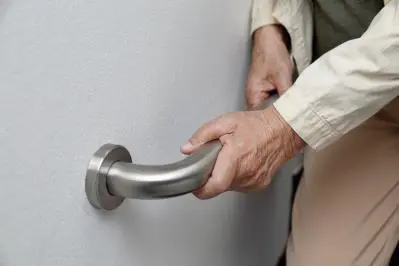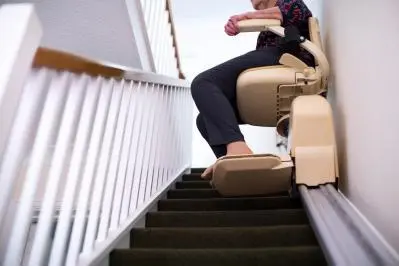Examples of these adaptations include:
- level access showers or wet rooms
- stairlifts or through-floor lifts
- wheelchair ramps
- widening doorways
Major changes to your home should be carefully researched and planned.
If you live in a rented property, you'll need to get your landlord's permission to make changes.
Paying for home adaptations
You and your family may be able to pay for the adaptations you need privately.
Arranging adaptations yourself may be quicker and give you more choice and control.
You can search for home adaptation services on our Suffolk InfoLink website.
Find tradespeople near you:
Suffolk County Council may be able to help if you're not sure what to buy or need financial support. However, there will be limits to what we can do.
Age UK has information about financial and practical support for home improvement and repairs (PDF, 552KB).
Funding larger adaptations
Some charities will be able to give you more information around funding larger adaptations, for example:
Disabled Facilities Grant
You may be eligible for a Disabled Facilities Grant if you're disabled or have a long-term health condition and need to make changes to your home.
This grant could be used to:
- widen doors and install ramps
- improve access to rooms and facilities - such as stairlifts or a downstairs bathroom
- provide a heating system suitable for your needs
- adapt heating or lighting controls to make them easier to use
Equipment and technology
You can find out more about:
If you have more complex needs
You may need help beyond equipment, technology or adaptations to your home, such as social care support.
If you think you need more support, the first step is to self-assess your care and support needs.
The result of the self-assessment will tell you:
- if you'd benefit from a full assessment of your needs
- how to request social care support
Depending on your situation, you may be entitled to a care and support assessment from the council. This would tell us how we could best support you to live as healthily, independently and safely as possible.



